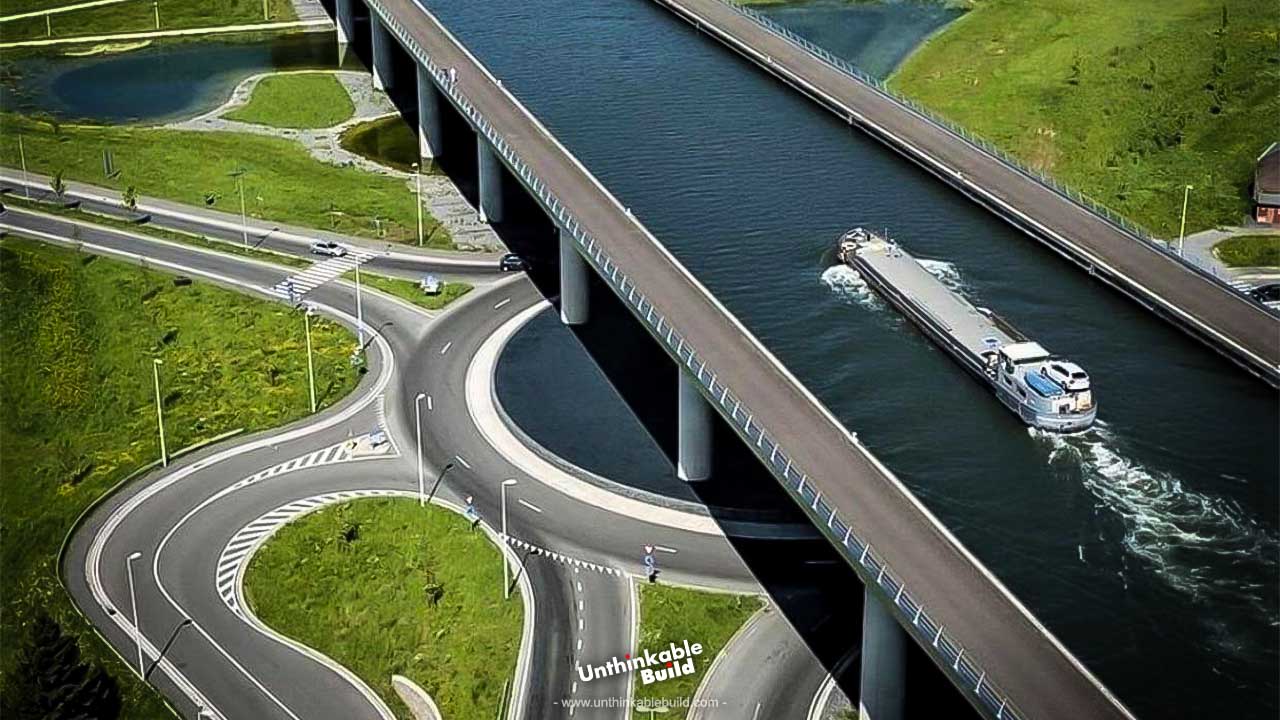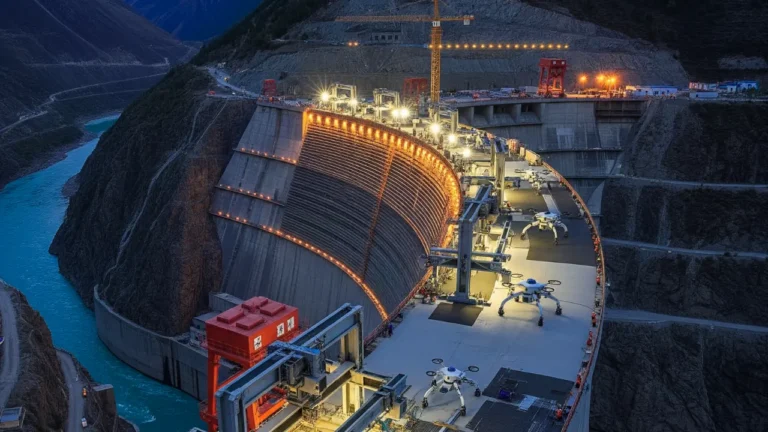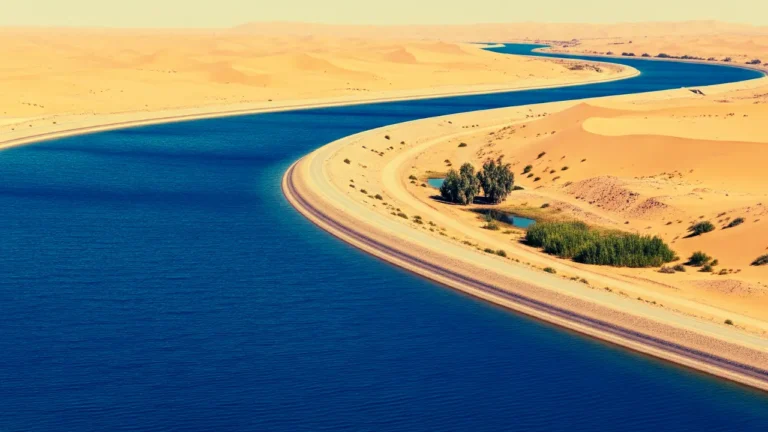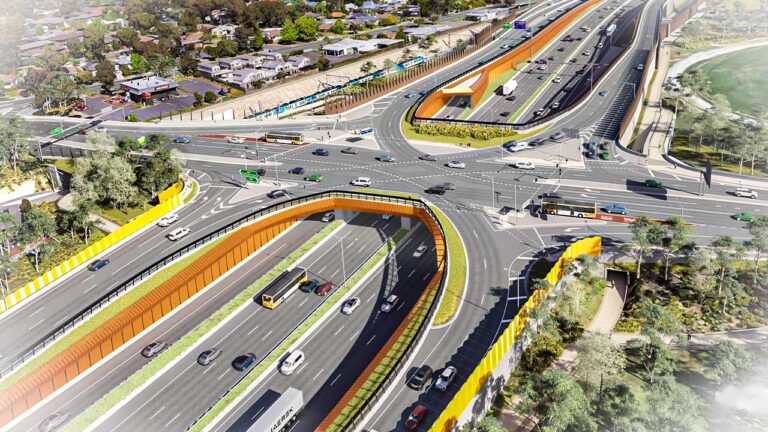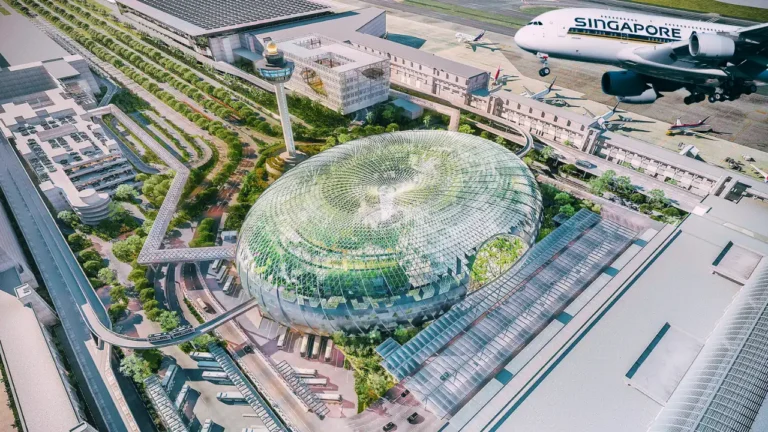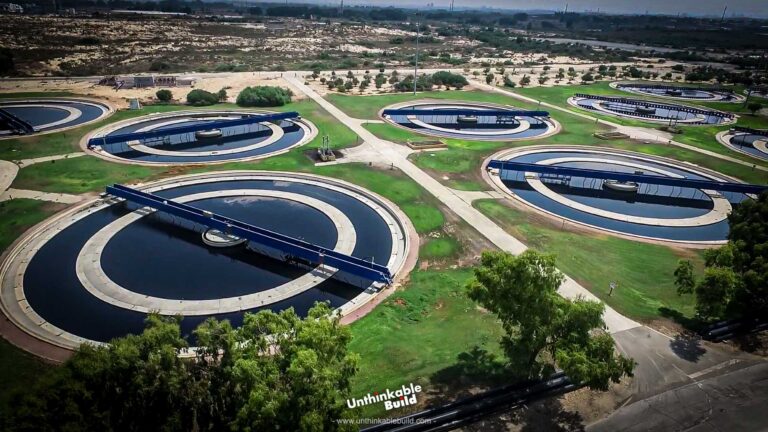Thailand’s $36BN Mega Land Bridge Project
In Southeast Asia, the Strait of Malacca is a narrow waterway between Malaysia and Sumatra, Indonesia. For centuries, it has been a crucial passage for international maritime trade between the Indian Ocean with the Pacific Ocean.
However, Thailand is now exploring an ambitious project of Thai Canal, also known as Kra Canal, that would bypass the Straits of Malacca, aiming to cut down travel time and fuel expenses for shipping companies and transform regional shipping dynamics.
We understand that Canals like the Panama Canal and the Suez Canal are game-changers for global trade, making shipping routes much shorter and more efficient. The idea of building the Kra Canal in Thailand has been proposed multiple times throughout history. The earliest suggestion dates back to 1677, when Thai King Narai commissioned French engineer de Lamar to survey the possibility of constructing a canal. Although deemed impractical at the time, the idea resurfaced in 1793 and has been revisited several times since then.
In recent years, the Kra Canal project has caught renewed attention, particularly from China, which sees it as an essential part of 21st-century maritime Silk Road. Despite various studies and discussions, the canal hasn’t been built yet, held back by financial, environmental, and geopolitical challenges.
Meanwhile, Thailand is planning an alternative route to create a new trade corridor between Indian and Pacific Oceans. This project aims to link the country’s deep sea ports on its eastern and western coasts.
The Strait of Malacca is a vital waterway in Southeast Asia, acting as the quickest route for ships heading to and from East Asia, where major economies like China, South Korea and Japan are located. With over 90,000 cargo ships passing through each year, the Strait of Malacca handles about 30% of global trade, worth $3 to $4 trillion.
Also Read: Sweden’s Northvolt Ett Gigafactory is Revolutionizing Europe’s EV Industry
Additionally, nine of the world’s ten busiest ports are in the Indo-Pacific region around the strait, showing its global significance. Even the United States keeps a military presence in this region to maintain stability, while China, the world’s second-largest economy, protects its interests by claiming islands and building artificial islands for its military installations in the South China Sea.
However, the strait’s importance also makes it a potential chokepoint. The heavy traffic can lead to congestion and collisions at this narrow passage, as seen with the Suez Canal blockage in 2021.
To prevent such incidents, Thailand has been planning to create a new trade route that would completely bypass the Strait of Malacca. This idea involves the Kra Canal, a narrow stretch of land connecting the Malay Peninsula to the rest of mainland Asia. At its narrowest point, this landform is just 40 kilometers across, between the Kra Buri district in east and Chumphon province in west. With only a few kilometers separating the Gulf of Thailand on the east from the Indian Ocean on the west, this region seems ideal for a canal.
The most promising development came in 2005 when China, an emerging global superpower, showed its genuine interest in funding, building, and managing the Kra Canal. This interest was formalized in 2015 when both the countries signed a memorandum of understanding, giving new life to the long-discussed mega project.
The canal would be 400 meters wide and 25 meters deep, built entirely at sea level. This means it wouldn’t need the intricate lock systems found in the Panama Canal. The estimated cost of the project is around $28 billion, and it could take up to a decade to complete.
This new route could save ships up to three days of sailing time by cutting the distance traveled by at least 1,200 kilometers. For instance, a large oil tanker could save around $350,000 per voyage.
While the Thai canal offers many benefits, it also comes with significant downsides. Building such a massive project would have huge social and environmental costs. Around 60,000 people living near the proposed route would be displaced, and many more including local fishermen and farmers, could face disruptions to their livelihoods.
A major concern is that the canal would physically split Thailand in two, separating its largest, often overlooked, and ethnically Malay southern provinces from the rest of the country. Additionally, the canal would put Thailand in direct competition with its neighbors, Malaysia and Singapore, over the maritime traffic that currently flows through the Strait of Malacca.
Due to many other drawbacks, support for the Kra Canal has been dwindling over the years. Even China, which initially planned to fund, build, and manage the project, has found another solution. China now has an alternative route for its oil and gas imports from the Middle East through the China-Pakistan Economic Corridor, reducing its dependence on the Strait of Malacca.
In February 2018, Thailand’s Prime Minister Prayut Chan-o-cha announced that the Thai Canal was not a priority for the government. The project was still under study and there were other pressing issues to address first. By September 2020, after thorough feasibility studies, the Thailand government decided to scrap the canal project, which China had offered to fund and build. The studies concluded that the canal would be too costly and risky, with potential downsides outweighing the benefits.
Also Read: Inside the Billion-Dollar Effort to Save Notre Dame Cathedral
However, Thailand hasn’t given up on the idea of connecting the Indian Ocean and the Gulf of Thailand. Instead of the canal, Thailand is now focusing on an ambitious new project called the Southern Land Bridge. This project aims to create a new trade route without physically dividing the country.
In February 2024, the Thai Parliament voted in favor of a land bridge project after carefully considering its feasibility. Their review indicated that the project would attract significant investment to the region and build essential logistics infrastructure.
The Southern Land Bridge will feature two new deep-water ports of Ranong in West and Chumphon in the East, acting as major international shipping hubs. These ports will be connected by a 90 km stretch of highways, railroads, and pipelines, making it easier and faster to transport goods across the country. Interestingly, the 90-kilometer long bridge, which is expected to partially open in 2030 and completed in 2039 is estimated to cost $35.6 billion.
Funding for Thailand’s Southern Land Bridge project is set to come through a public-private partnership. Thailand is actively courting international investors from countries like China, Japan, France, and Taiwan, holding presentations and roadshows since March 2024, to attract interest and gather insights to refine the project.
The Southern Land Bridge is expected to create a substantial number of jobs, both during construction and once it’s up and running. While exact figures can vary, similar large-scale infrastructure projects typically generate thousands of jobs in areas like construction, engineering, logistics, and port operations.
Handling fees for the Southern Land Bridge are estimated to be $133 per container, or $653,000 for a large mother vessel, which is a notable contrast to the toll-free passage of the Malacca Strait.
Even though the Southern Land Bridge costs more than the Kra Canal, it’s catching the interest of investors from China and Japan who are backing the project.

